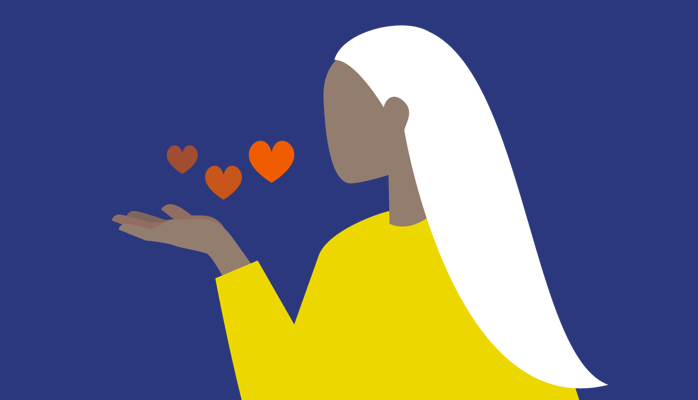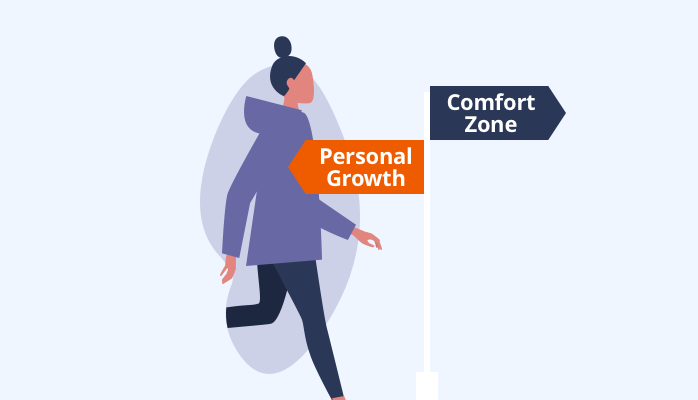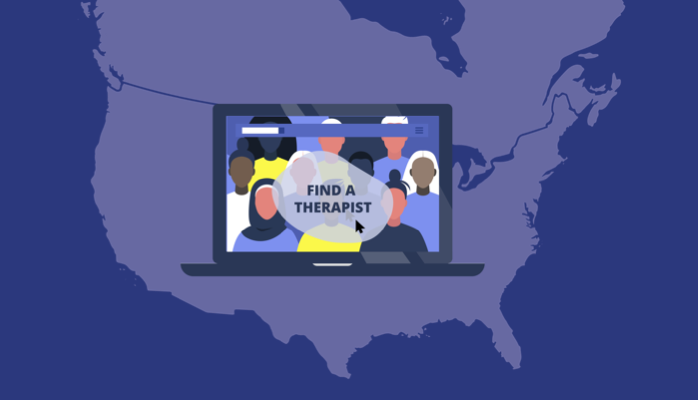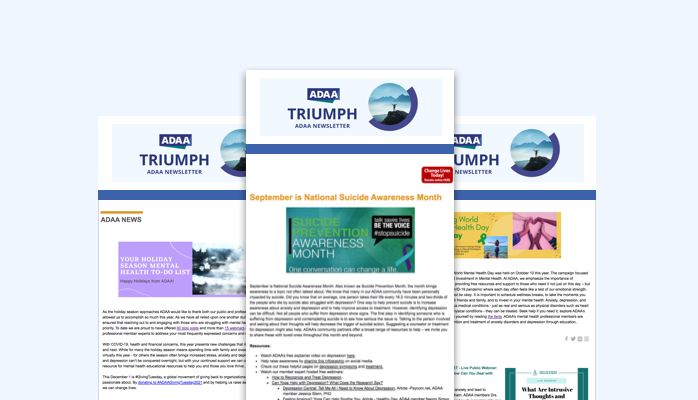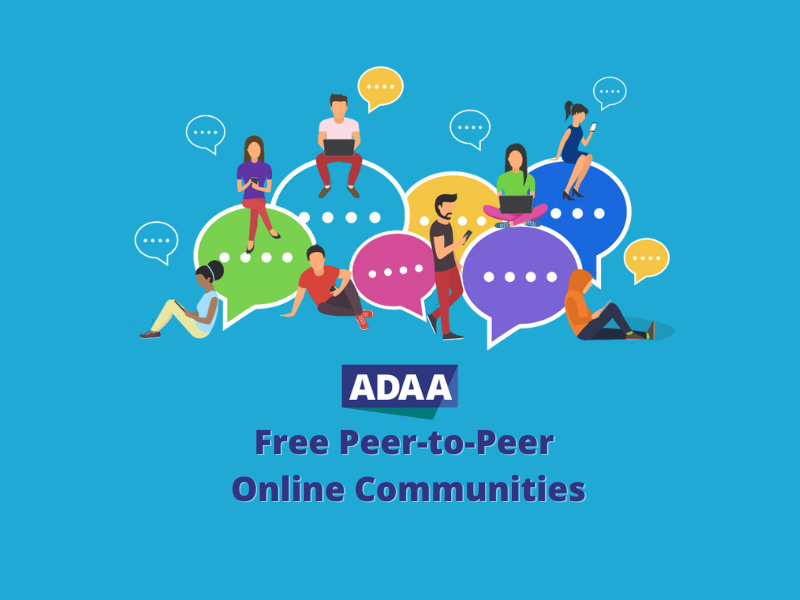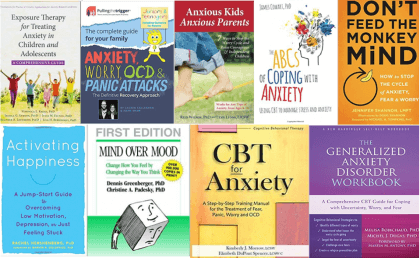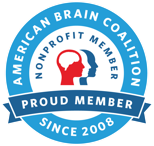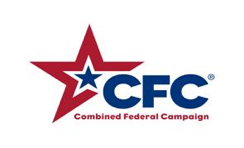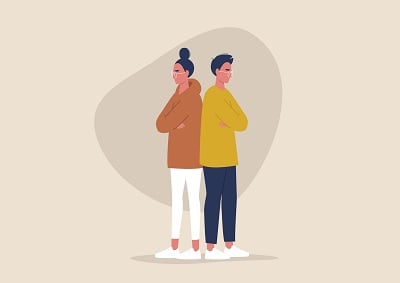
The Native and Indigenous community encompasses groups like Indian or Native Americans and Alaskan Natives (AI/AN). They also may refer to themselves as First Nations. These communities have and continue to deal with traumas that are rooted in historical and generational pain and misfortune. From having to manage forced relocations, to struggling to maintain culture and identity, both communities are familiar with how these shared experiences of genocide, colonization, and alienation can impact mental health. Highlighting these themes and experiences are important to ADAA’s commitment to diversity and identity. Therefore, we encourage you to share your story and actively listen to the experiences of others to truly find the power of community. Find out how to share your story with ADAA.
- How Heritage & Culture Impacts Mental Health Care
- Understanding The Importance of Health Equity
- Choosing the Right Provider
- Additional Support from ADAA
- Other Mental Health Resources
How Heritage & Culture Impacts Mental Health Care

Many people within these communities embrace a shared group identity whose substance is formed not just by one's relationship with the community but also by the land and one's ancestors.11 The Western concept of mental health illnesses may often not correspond with the beliefs and interpretations of AI/AN cultures. For example, the words “depressed” and “anxious” are absent from some native languages where alternative expressions such as “ghost sickness” or “heartbreak syndrome” are present.2 Many tribal cultures embrace the notions of interconnectedness; balancing the mind, body, and spirit. Highlighting one’s well-being is entwined with cultural identity, family, and a connection to the past.3 Research suggests that indigenous persons with anxiety and depression may seek help from other sources; including traditional and spiritual healers.3
The shared history of trauma caused by colonialism for the indigenous and native populations is believed to be a factor in the reports of 2.5 times more experiences of serious psychological distress in AI/AN populations compared to non-indigenous populations.4 Having an accurate understanding of the colonization of the Americas is necessary in understanding the unique place that Indigenous communities hold in history and how this can impact mental health care.
Although numbers vary by tribe, the suicide death rate for AI/AN populations between the ages of 15-19 is more than double the rate of all other racial-ethnic groups at that age.5 Elevated risk factors of suicide may be influenced by the fact that 26% of AI/AN communities are living in poverty,2 have higher rates of alcohol and drug abuse compared to all other ethnic groups, and suffer impacts of "historical trauma, alienation, acculturation, discrimination, community violence, lack of access to care, and exposure to suicide."5 Therefore, to approach healing, mental health programs for indigenous persons should address community and traditional knowledge, and designate historical, inter-generational, and racist incident-based trauma symptoms as legitimate trauma.11
Understanding The Importance of Health Equity
There are 3 million indigenous people in the United States belonging to more than five hundred federally recognized nations, with 53% of Native Americans that live off US reservations.12 Out of that, it is estimated that at least 18.7% of American Indian/Alaska Natives have experienced a mental health condition within the past year13 Federally recognized tribes are provided health and educational assistance through a government agency called Indian Health Service (IHS); however, the community still has less accessibility to hospitals, health clinics, or contract health services provided by the IHS and other tribal health programs.10

Access to mental health care services is often limited by the nature of the rural, isolated location of these federally recognized indigenous communities. Those facilities report physical, social and economic barriers to access treatment.6 To further exacerbate the disproportionate barriers to access, most of the services available are provided on reservations: 78% of AI/AN live outside of tribal areas.7 And, out of that 78%, about 21% lack health insurance coverage.3
There is also a scarcity of ethnically similar providers available with "approximately 101 American Indian and Alaska Native mental health providers available per 100,000 members of this ethnic group… [and only] an estimated 29 psychiatrists in the United States that identify as being of Indian or Native heritage.”8
Choosing the Right Provider
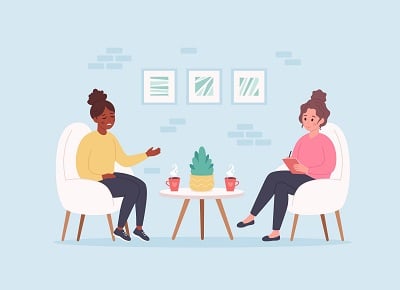
There is a lack of willingness to access care within the community because many Indigenous people feel stereotyped, ignored, and disrespected by non-Indigenous providers.12 Therefore, it is important to find a provider who demonstrates cultural competence—an understanding and sensitivity to significant cultural traumas and heritages within communities to provide care to patients with diverse values, beliefs and behaviors, and considering their social, cultural and linguistic needs. Unfortunately, research has shown a lack of cultural competence in mental health care, which results in inaccessible care, misdiagnosis and inadequate treatment.
When meeting with your provider, ask questions to get a sense of their level of cultural sensitivity, such as whether they have treated Native Americans, received training in cultural competence, and how they plan to take your beliefs and practices into account when suggesting treatment. Learn more about finding the right therapist.
Native American Provider Resources
- Native Psych
- Native American Therapist Directory- Psychology Today
- Native American Counseling and Healing Collective (NACHC)
- BIPOC therapists
Additional Support from ADAA
These ADAA resources—blog posts, webinars, articles, and stories—provide helpful information, support, and opportunities to learn more about mental health within the Native and Indigenous communities.
Support from ADAA professionals
- Addressing Systemic Racism in Action: Understanding the Mental Health Professionals’ Tools for Change, ADAA Blog Post for Therapists, Kimberyle Dean, PhD, and Luana Marques, PhD
- Persistent Trauma of Systemic Racial Inequities and the Perils of COVID-19, blog post by Mbemba Jabbi, PhD, and Kathariya Mokrue, PhD
- Protests, Racism and Our Children: Helping Kids Cope, ADAA blog post for parents, Michelle Witkin, PhD
- Understanding the Cracks: What COVID-19 Means for the Mental Health of the Marginalized in the United States and Opportunities for Response, blog post by Anna Bartuska, BS/BA, Derri Shtasel, MD, MPH, and Luana Marques, PhD
Infographics
Trending Articles
- Off-Reserve First Nations Teens Face Mental Health Challenges, 2022
- A Collective Voice: Indigenous Resilience and a Call for Advocacy, Counseling Today, 2020
- Blog Post: Mental Health Issues from Historical Trauma Plague Native Americans
- Discrimination of Any Kind Can Lead to Much Higher Risk of Mental and Behavioral Issues for Young People, Study Finds, CNN Health, 2021
- Exploring Diversity- Native American Culture & Mental Health, 2021
- Its Hard to Search for a Therapist of Color: These Website Want to Change That, NYTimes.com, July 2021
- People of Color Face Significant Barriers to Mental Health Services, CNN.com, 2020
- The effects of COVID-19 on the mental health of Indigenous communities, Medical News Today, 2020
- All My Relations- Podcast
- American Indian Health and Family Services
- Center for Native American Youth
- Healthy Native Youth
- Native Americans for Community Action
- Strong Hearts- Native Help Line
- Indigenous Story Studio (Canada-based)
- Healing Indigenous Lives Initiative – youth peer leadership program
- Johns Hopkins Center for American Indian Health
- Mental Health Resiliency Resources and Helplines
- The Native Hope – Health and Wellness Blog
- One Sky Center - National Resource Center for American Indian and Alaska Native Health, Education, and Research
- WeRNative - health resource for Native youth, by Native youth
- Understanding Native American History as a Foundation of Culturally Aware PTSD Treatment audio recording
References
- United States Census Bureau: Quick Facts
- American Indian and Alaska Native Communities Mental Health Facts, NAMI
- Mental Health Disparities: American Indians and Alaska Natives, APA
- Health, United States 2017, US Department of Health and Human Services, CDC
- American Indians, Mental Health, and the Influence of History, APA
- Access to Mental Health Services at Indian Health Service and Tribal Facilities, US Department of Health and Human Services
- Profile: American Indian/ Alaska Native, US Department of Health and Human Services Office of Minority Health
- Mental Health: Culture, Race, and Ethnicity: A Supplement of Mental Health: A Report of the Surgeon General, US Department of Health and Human Services
- Understanding Depression in Aboriginal Communities and Families, National Collaborating Centre for Aboriginal Health
- https://minorityhealth.hhs.gov/omh/browse.aspx?lvl=3&lvlid=62
- https://www.apa.org/pi/oema/resources/communique/2010/08/indigenous-mental-health
- https://www.psychiatry.org/psychiatrists/cultural-competency/education/best-practice-highlights/working-with-native-american-patients
- file:///Users/tiaraj./Desktop/2022-BIPOC-MHM-Toolkit.pdf
